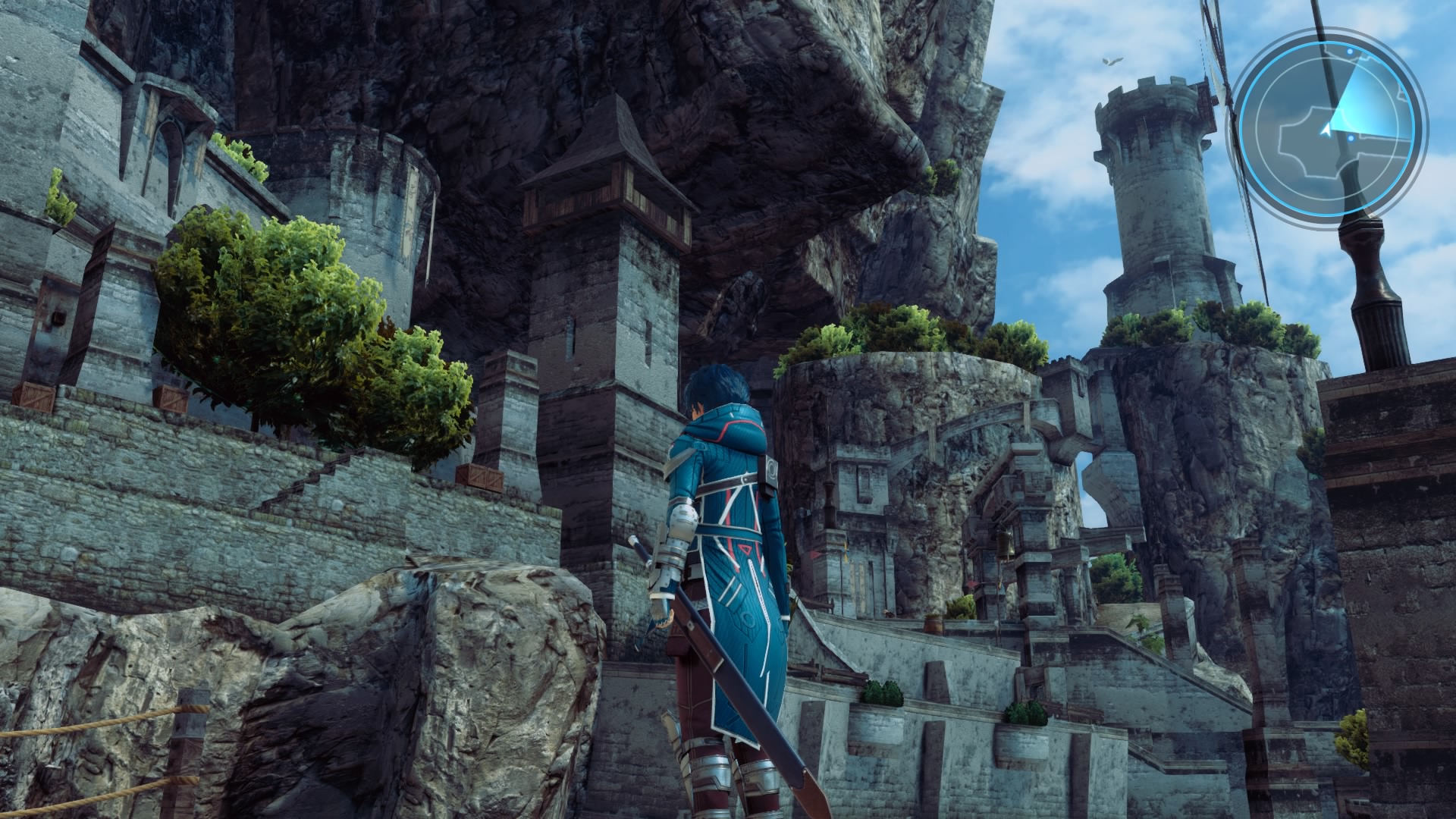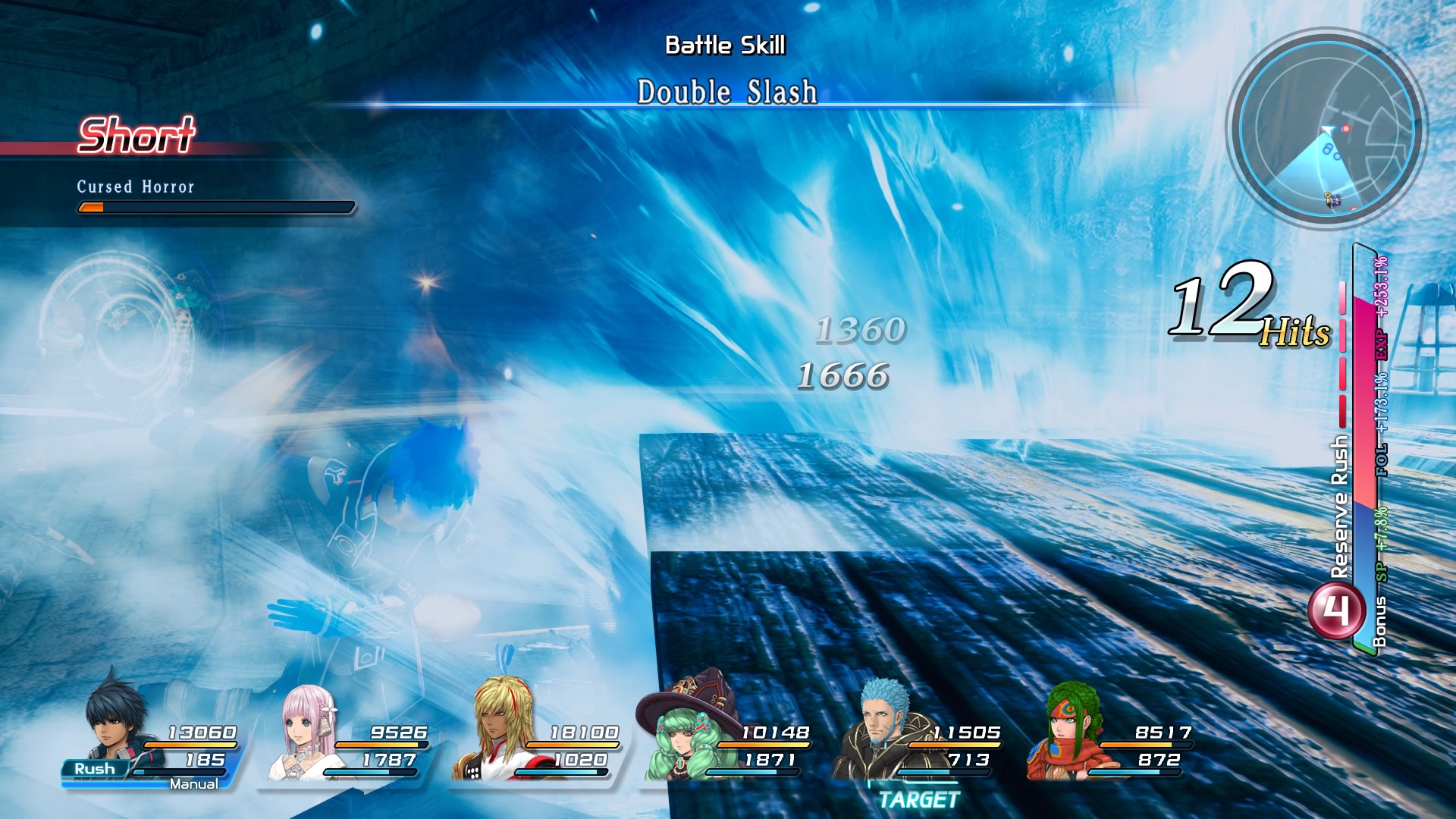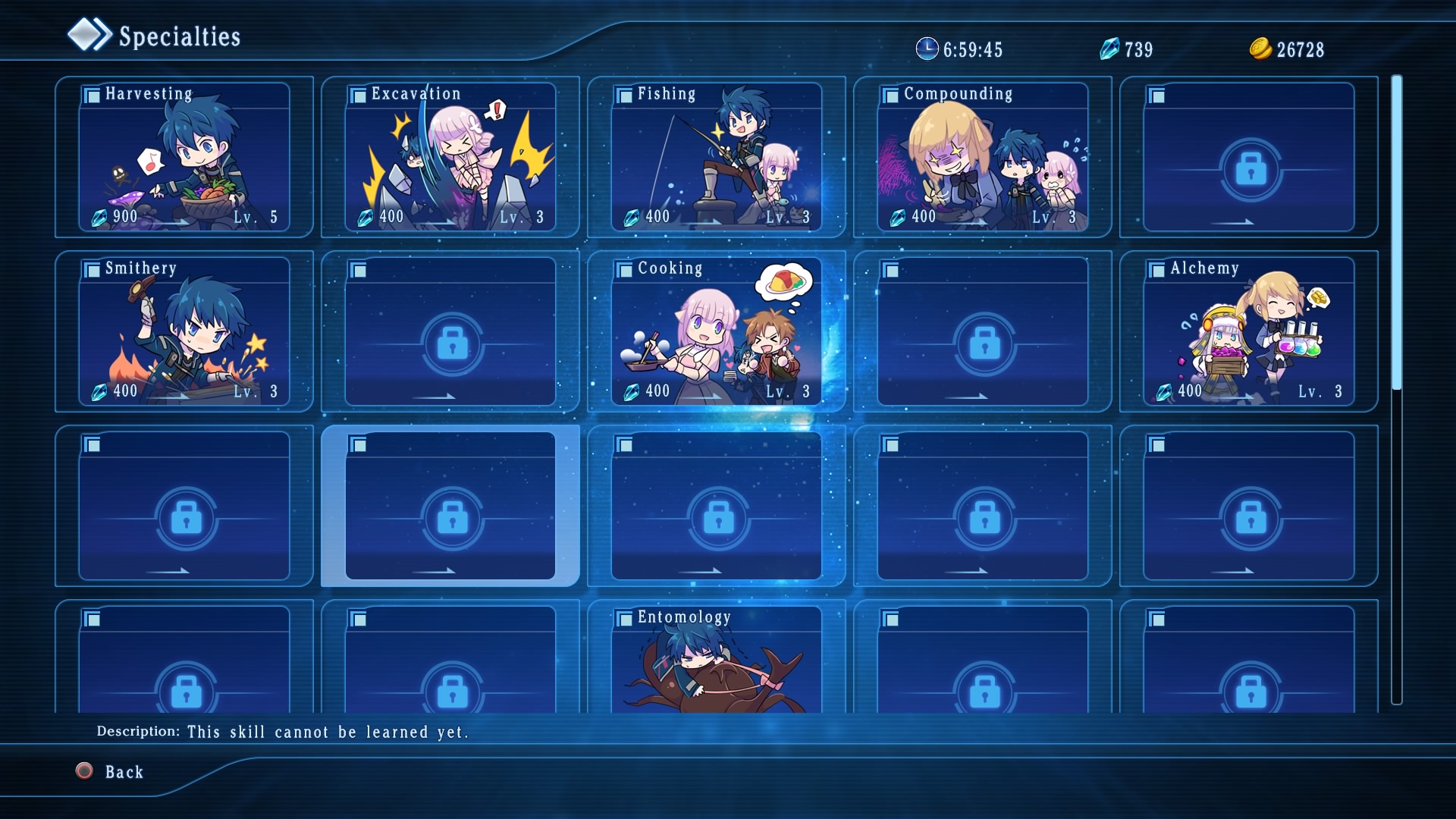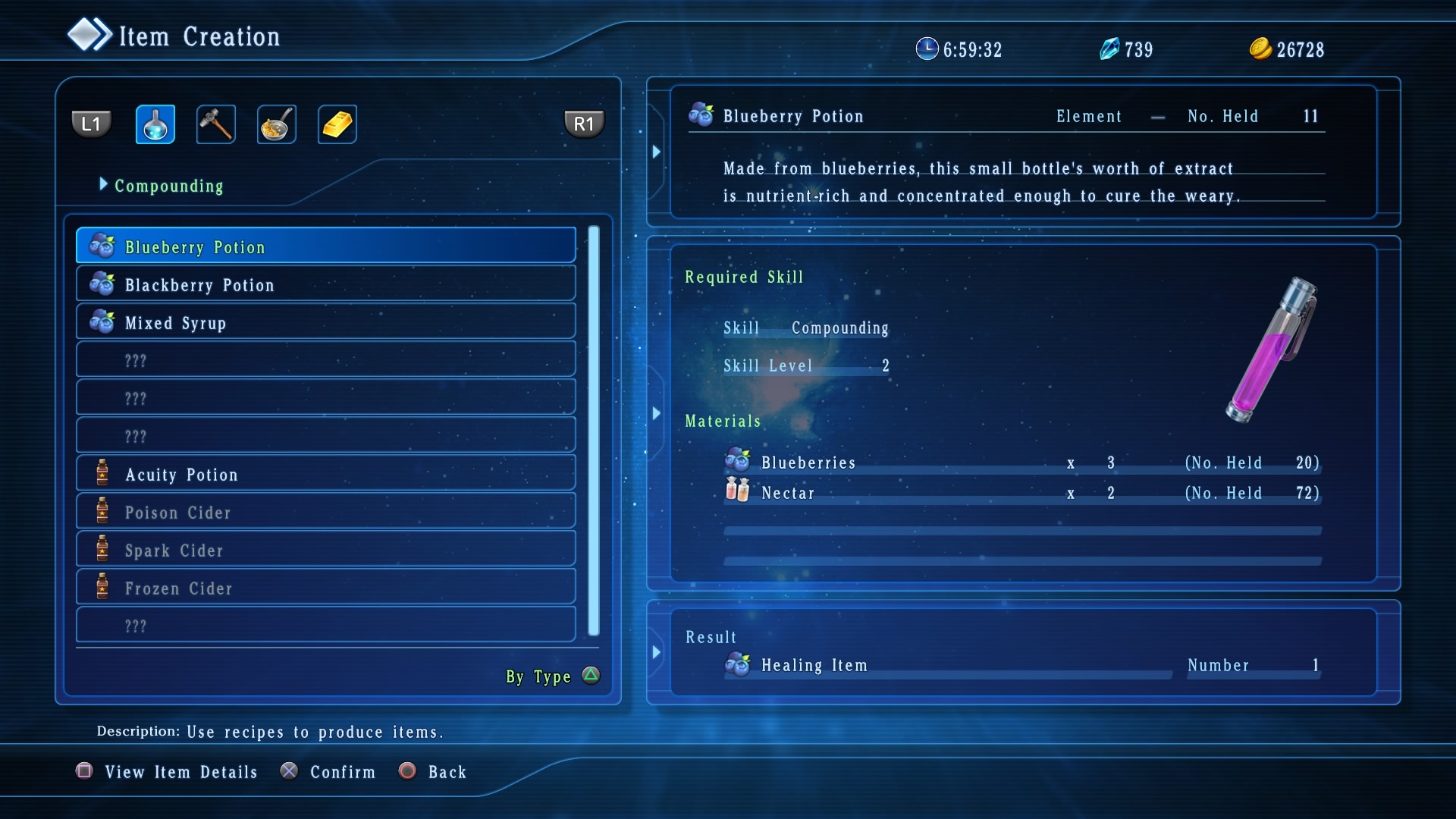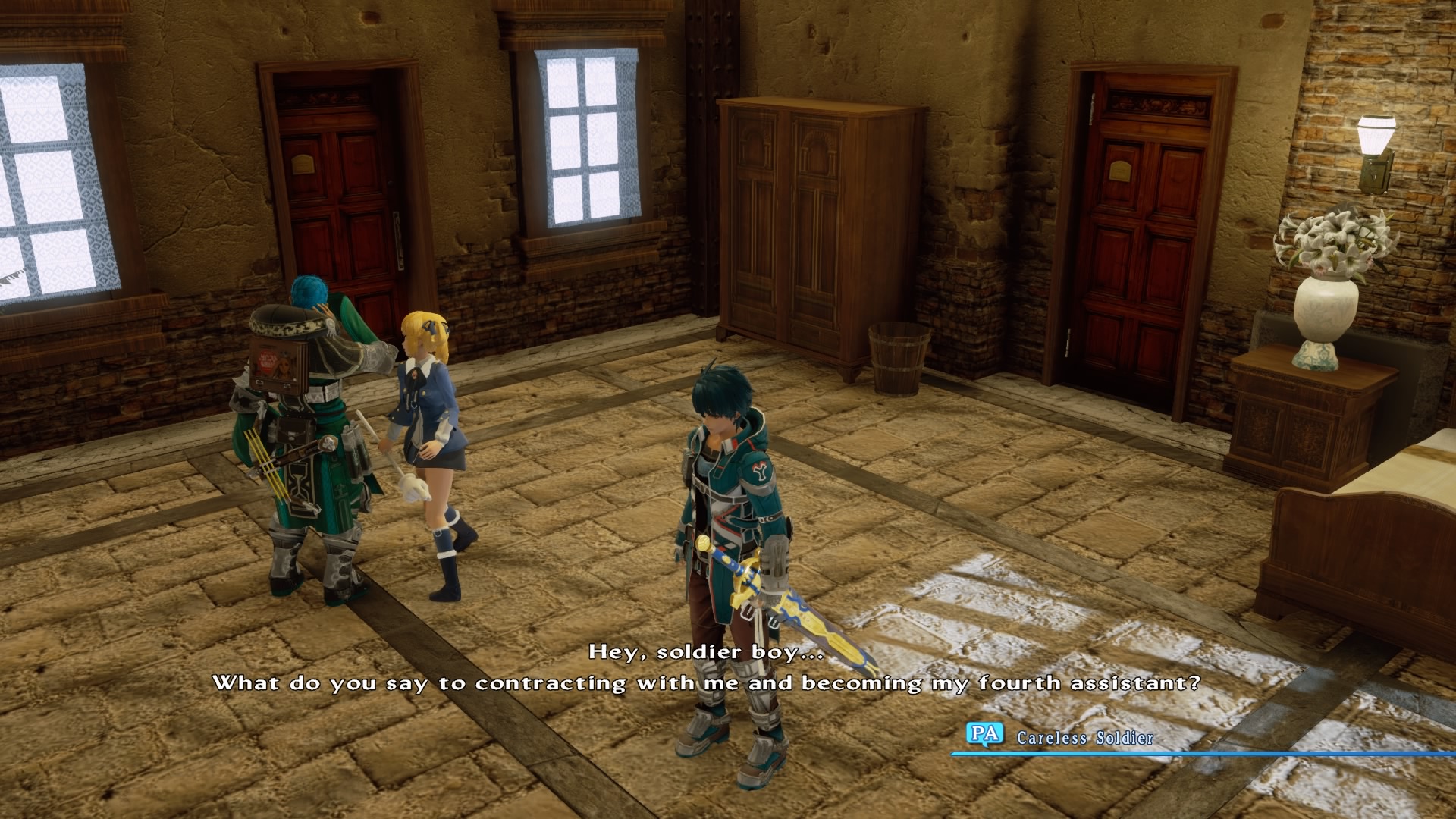Platform:
PS4
Released:
July 1, 2016
Publisher:
Square Enix
Developer:
tri-Ace
If you are looking for a title that contains the right mix of fantasy and sci-fi, then look no more, Star Ocean: Integrity and Faithlessness is exactly what you have been looking for. A game developed by Tri Ace and published by Square Enix, I loved how elements of both these big names were present, and I think you will too.
The somewhat fragile peace on Faykreed is shattered for the main character Fidel and his childhood friend/ adopted sister Miki when, what appears to be a meteor, crashes into the mountain range near their hometown. Arriving at the scene they discover a young child by the name of Relia stumbling out of a futuristic spacecraft, dazed and alone, beset by soldiers of an unknown army. When pressed, Relia unleashes a strange power, not unlike the magic already present on Faykreed, but different enough to arouse the curiosity and concern of the main protagonists. Lights, camera, action, and the stage is set for our story.
Star Ocean: Integrity and Faithlessness is stunning, both visually and musically. The open world you are plunged into contains a variety of settings; from lush meadows to frigid tundras, as well as the towns and dungeons that dot the landscap. Everything is so vibrant and alive that I couldn’t help but pan the camera while playing for no other reason than to take in the view. Set to this is a wonderful soundtrack with well thought out piano scores that I found myself humming even while not playing the game.
The combat system is set against these vistas in a very fluid manner, with the transitions being smooth and well executed. You control up to seven characters in battle, with their “classes” being akin to:
- A DSP swordsman (Fidel/ Victor)
- A tank swordsman (Fidel/ Victor)
- A healer (Miki/ Fiore)
- A DPS caster (Miki/ Fiore)
- A melee DPS (Anne)
- A ranged DPS (Emmerson)
- A support/ buff caster (Relia)
You actively control one character at a time, but can swap between all playable characters with the push of a button. Battle works by using standard or powerful attacks or blocking, while unleashing more powerful skills that you learn as you progress through the game. You are able to map two short range, and two long range skills to each character, which allows you to take advantage of different enemy types quite well. For the characters you aren’t actively controlling, you are able to assign roles that help determine their actions, with stronger and more advanced roles becoming available to you as you level up. This seemed to work well most of the time, though I did doubt the effectiveness a few times when status conditions were left uncleansed even when the healer was given a role that supposedly increased their responsiveness to doing so.
The ultimate attacks are called reserve rushes, and are triggered by spending reserve gauges, of which you can have a total of five. Filling the reserve gauges also gives you a reward multiplier at the end of battle which will make you think twice about spending them. What I loved about the reserve rush system is that you have the ability to not only choose who will activate their attack, but how many reserve gauges you will consume in the attack. This allowed me to always have one or more group heals in reserve during battle while whittling away at the enemies’ health. You lose reserve gauges when you misread the flow of battle and go against the somewhat ambiguous attack trinity the game presents you with.
Alongside battle roles, there are also a range of actions called specialties that help to spice the game up. I got a real square enix vibe here, as I found they could be broken down into the following categories:
- Gathering abilities: Allows you to harvest materials from the world around you, with increasing success rate and yield as you level the skills up
- Crafting abilities: From engineering to alchemy, these made me a happy gaymer to begin with, however….
A note about the crafting: A few things about the crafting system left me quite frustrated in the end. First of all, a lot of the crafting materials double up as trade ins for the quest system of the game (see below). The number of ingredients vs the outcome of the craft was also out of balance, leading to a huge amount of material burn. Add to this that the enemies change and shift location at intervals throughout the game and my recipe lists, even at 30+ hours of playtime, still have a lot of holes in them. The icing on the cake was that the armor/ weapons you are able to craft are generally weaker than items you can buy from the various stores throughout Faykreed.
In order to unlock specialties, some roles and gain EXP, SP and the currency; FOL, there is a quest system tied into market boards in the cities of faykreed. These are, for the most part, fetch quests and mark hunts, so if you dislike either of these, you’re more or less out of luck (and maybe unfamiliar with SE and Tri Ace).
A really cool addition to exploring the character’s motives, attitudes and desires are the exchanges of conversation you can trigger while in the cities of Faykreed. Symbolised by an orange circle with a whistle in the middle, it is actually rather fun to see your teammates run off, find them and share various moments of joy, mirth and sorrow. It added another layer of depth to the little snippets of insight you are given throughout the various cutscenes and other random conversations that happen as you wander around.
Playing Star Ocean: Integrity and Faithlessness felt like a combination of Star Trek like principles set against a fantasy background that worked.
Possibly the only thing I struggled with in this game was the fast travel system. Not the system itself, as it worked flawlessly, but the fact that you get it rather early on in the game and then lose it for a VERY long time after a particular thing happens during the storyline. At first I wondered if this was just a knee jerk reaction, but when you are left to traverse the rather large maps for a rather long time, it does get a little frustrating. This is the first game where I have ever had this happen, and I really hope that it is the only one.
Positive:
- Awesome storyline
- Highly immersive world
- Fully interactive and customisable combat system
Negative:
- I expected much more from the crafting system
- Fast travel, or lack thereof, will sorely test your patience
Star Ocean: Integrity and Faithlessness explores how advanced civilisations should, and should not, act/ interact when they come into contact with less developed ones. You don’t have to have played the others to get hooked on this title, which is a credit to the developers. I’m looking forward to spending many more hours immersed in the world of Faykreed and highly recommend this game to any RPG fan, whether you have played previous Star Ocean titles or not.

